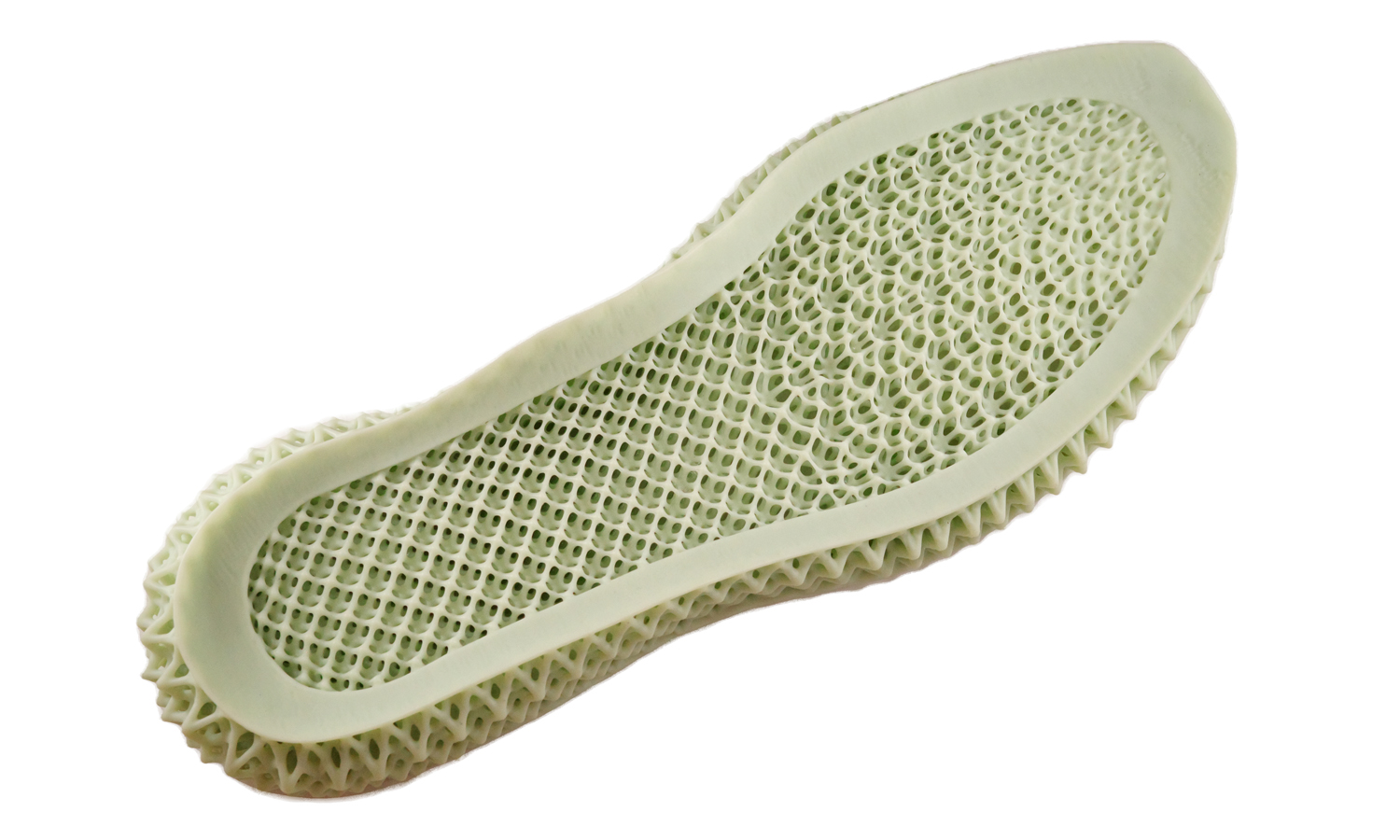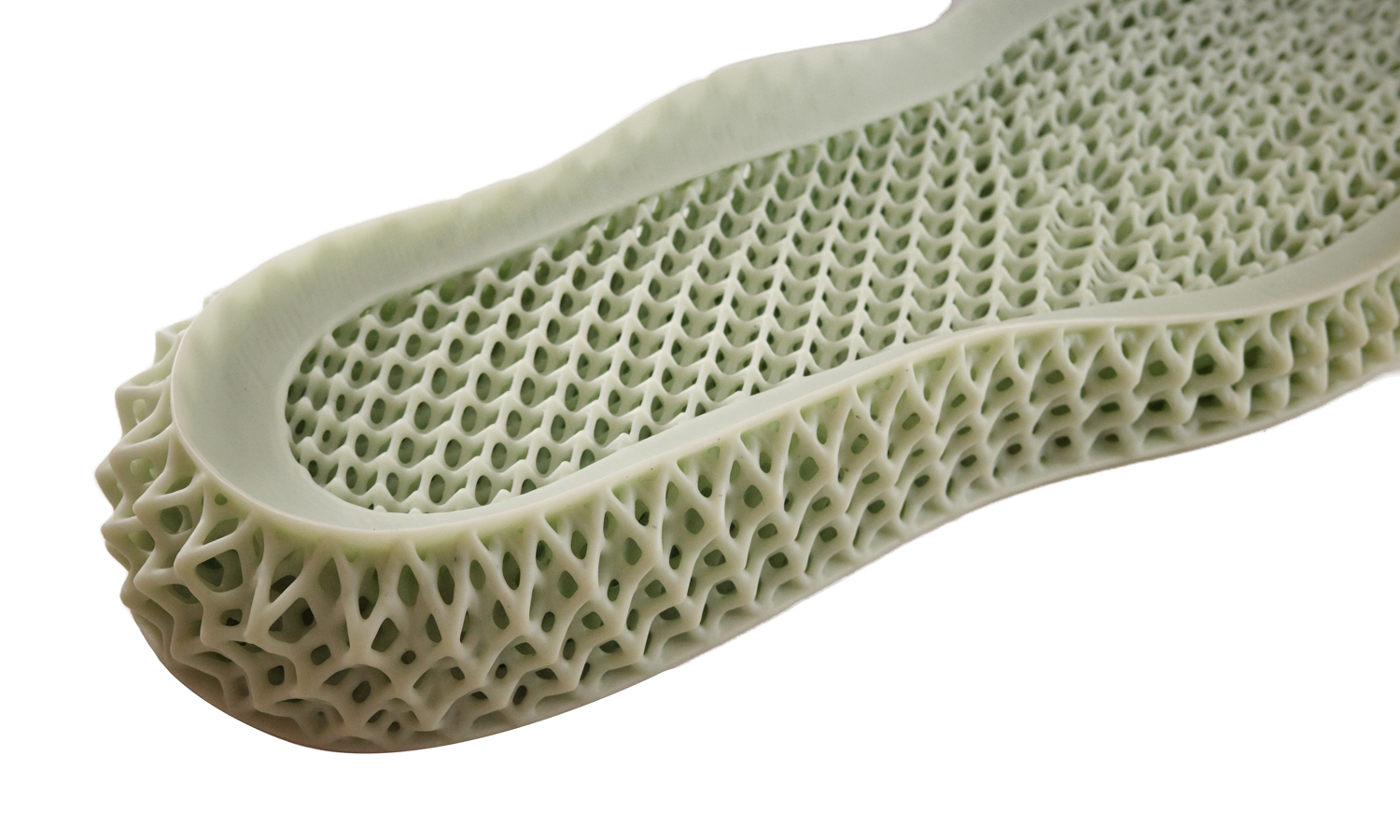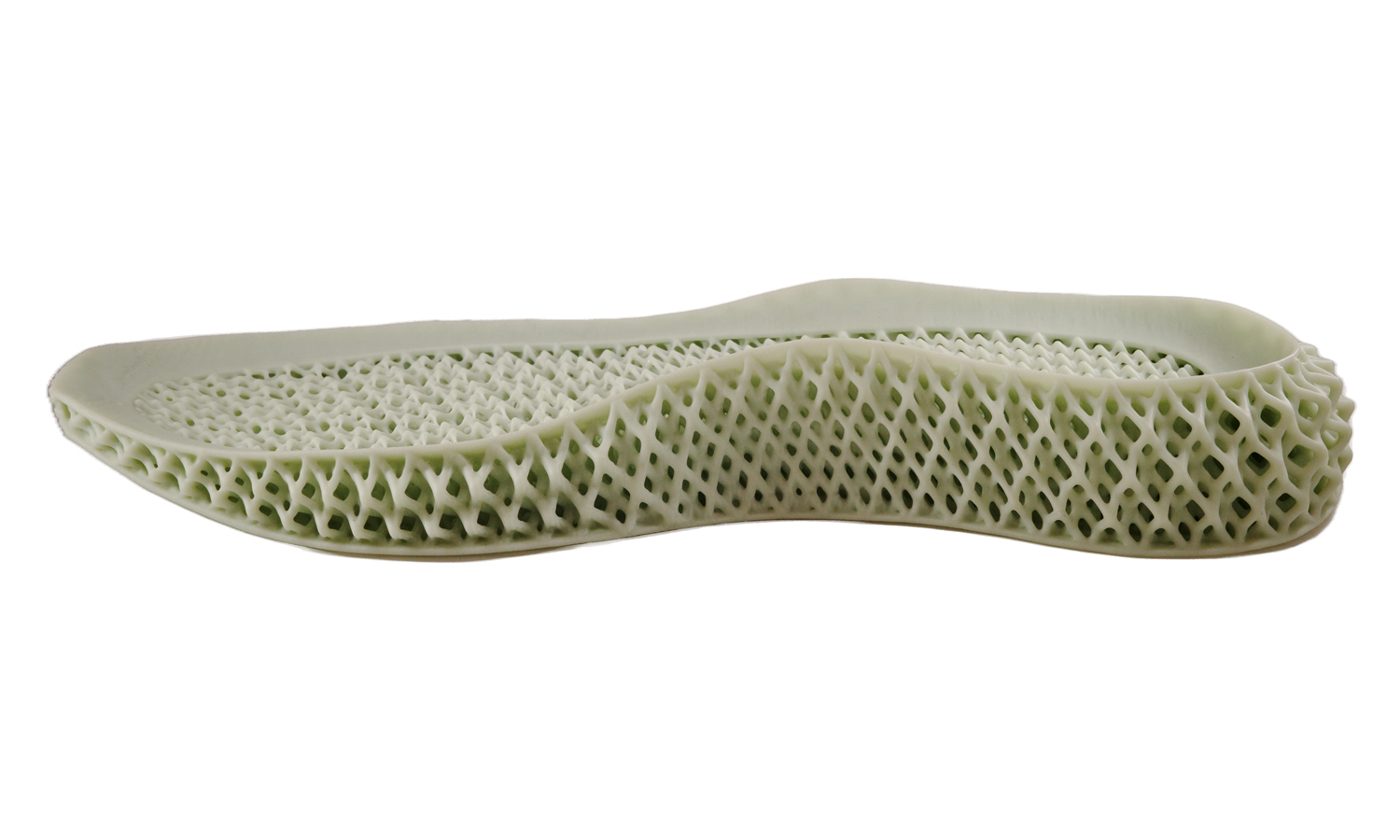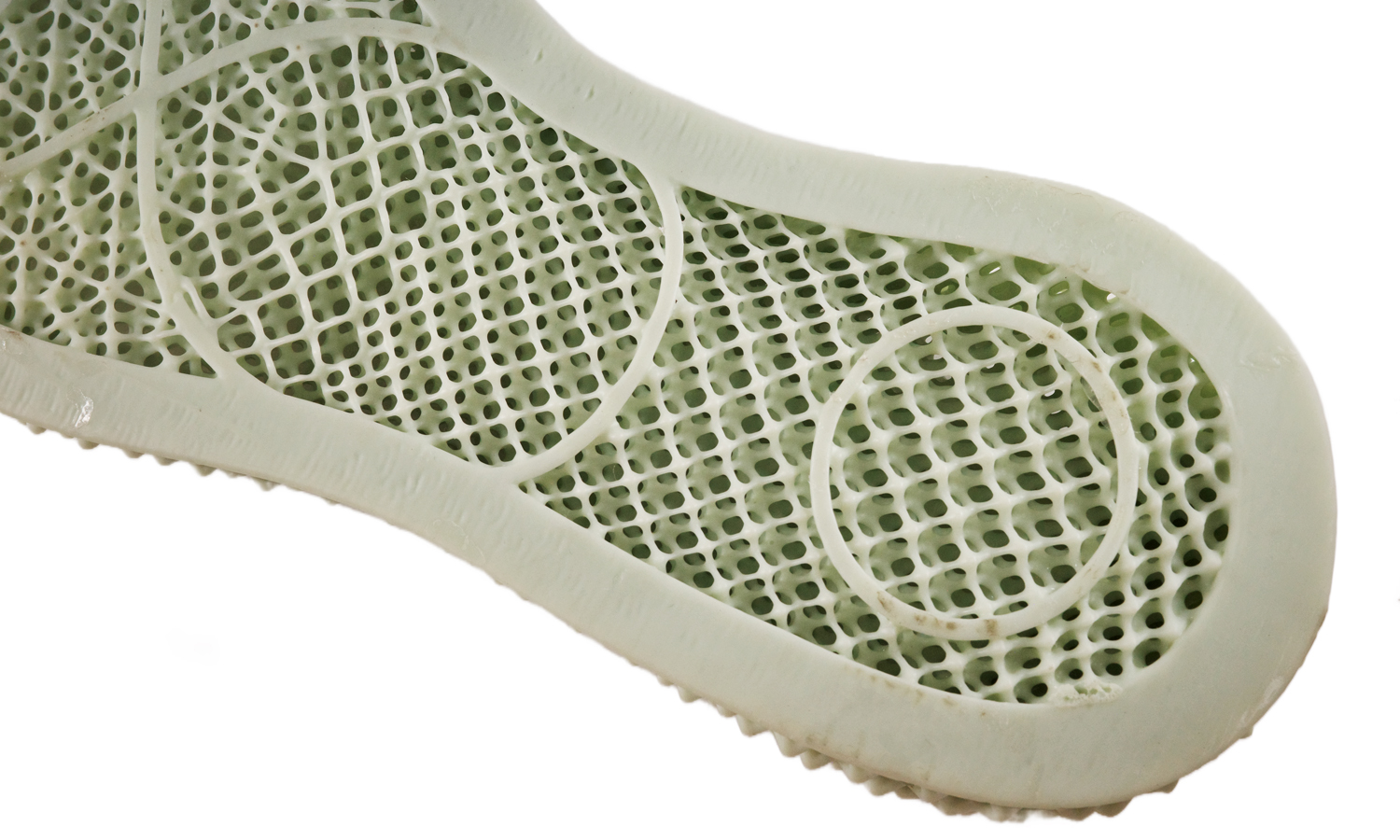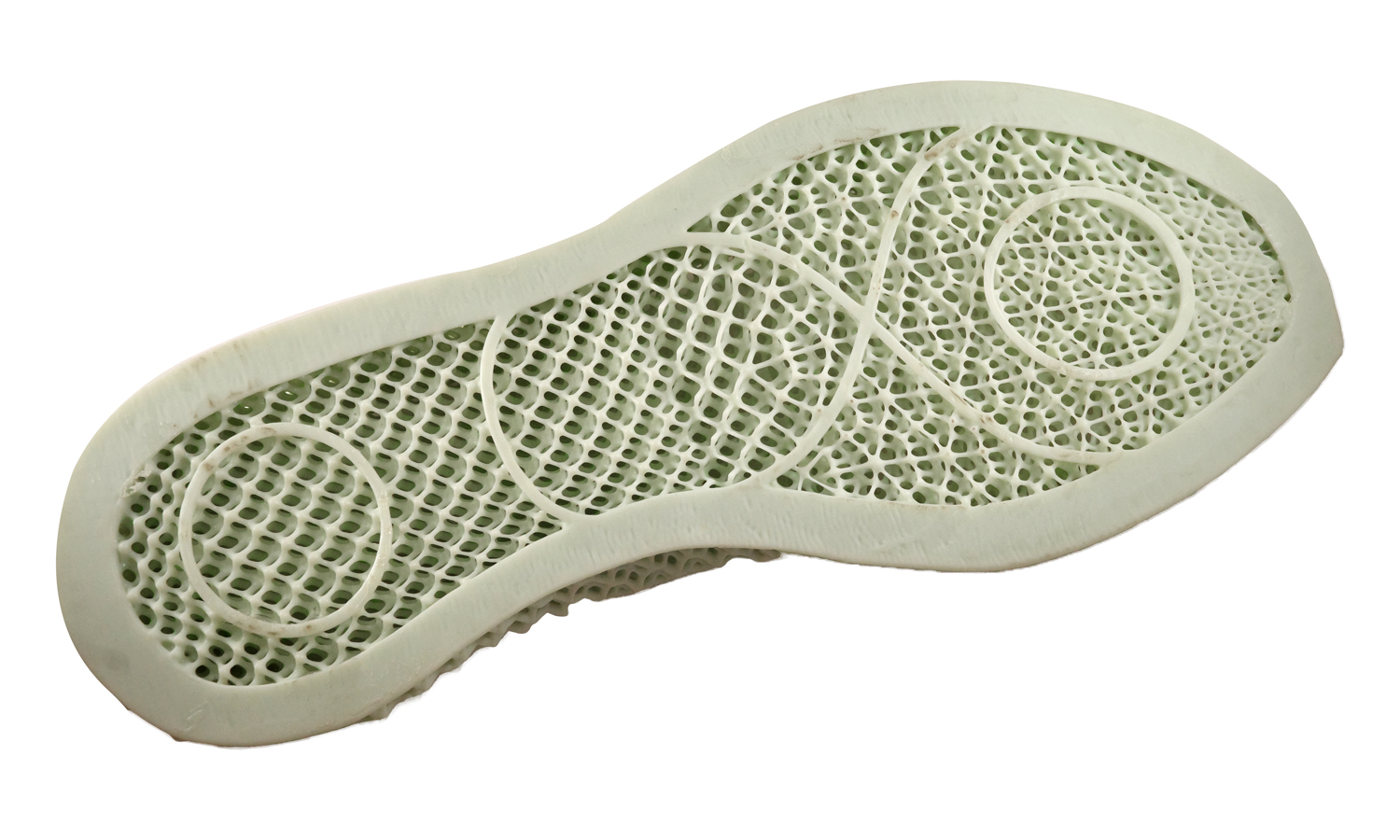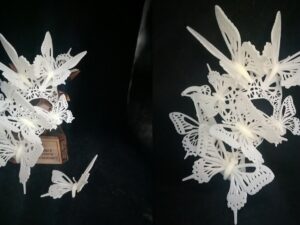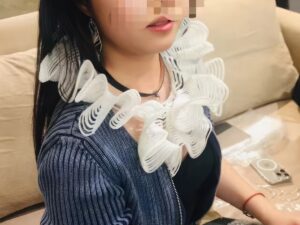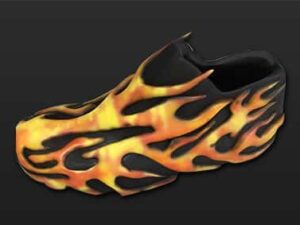- DLP 3D Printed EPU Resin Lattice Sample Block
- Topology Optimized Mechanical Part Cast from SLA 3D Printed Resin Pattern
Material Resin
Quantity 1,000 pcs
Price Range $5,000-10,000
Lead Time 7 workdays
Gallery
About Project
If you are looking for a way to create customized and functional shoe soles, you might want to consider using DLP 3D printing and EPU resin. DLP (Digital Light Processing) is a 3D printing technology that uses a projector to cure a liquid photopolymer resin layer by layer. EPU (Elastomeric Polyurethane) is a type of resin that has high strength, toughness, and heat resistance.
One of the advantages of using DLP 3D printing and EPU resin is that you can design shoe soles with lattice structures. Lattice structures are composed of interconnected beams or nodes that form a grid-like pattern. They can reduce the weight and material usage of the shoe soles, while also providing variable stiffness and cushioning. Lattice structures can also be customized to fit the curved surface of the shoe sole and to match the foot pressure distribution.
Another benefit of using DLP 3D printing and EPU resin is that you can mass produce shoe soles with high quality and efficiency. DLP 3D printing can create the whole layer of the shoe sole in one projection, which makes it faster than other 3D printing technologies that use lasers or extruders. EPU resin can also be cured quickly and has low shrinkage during curing, which reduces the risk of deformation or cracking. Moreover, DLP 3D printing and EPU resin can produce shoe soles with high resolution and smooth surface finish, which enhances the aesthetic and functional performance of the product.
If you are interested in mass producing DLP 3D printed EPU resin sneaker shoe soles, you might want to check out FacFoxŌĆÖs shoe sole batch production services. FacFox is a leading online platform that offers various 3D printing solutions for different industries and applications. FacFox can help you design, optimize, and manufacture your shoe soles with DLP 3D printing and EPU resin at an affordable price and fast turnaround time. You can also choose from different lattice topologies and surface patterns to create your unique and personalized shoe soles. To learn more about FacFoxŌĆÖs shoe sole batch production services, please visit their website facfox.com or contact them directly at info@facfox.com.
Solution
- Step 1: The shoe sole design was created in a 3D modeling software and sliced into layers. Each layer had a unique voxel pattern that corresponded to the cross-section of the part.
- Step 2: The DLP 3D printer was prepared by filling a transparent resin tank with liquid EPU resin. EPU resin is a type of elastomeric polyurethane that has high strength, toughness, and heat resistance.
- Step 3: The build platform was lowered into the resin tank and a high-resolution projector shone a UV light onto it in the same shape as the first layer of the part. The UV light cured the resin where it was exposed, forming a solid layer.
- Step 4: The build platform was moved up by the thickness of one layer and the process was repeated for the next layer. The DLP 3D printer used a digital mirror device (DMD) to direct the light only where needed, creating high-resolution and smooth surface finish.
- Step 5: After all the layers were completed, the build platform was lifted out of the resin tank and the shoe sole was detached from it. The shoe sole was then rinsed with isopropanol or a similar solvent to remove any excess resin.
- Step 6: The shoe sole was post-cured in a UV chamber to enhance its mechanical properties and durability. The shoe sole was then inspected for any defects or flaws.
- Step 7: If any supports were used during printing, they were removed by cutting or sanding them off. The shoe sole was then ready for use or further processing.
